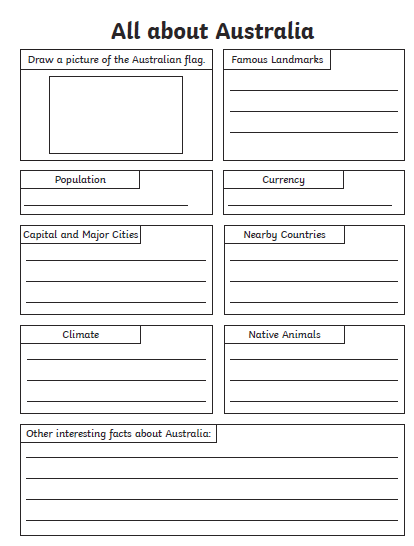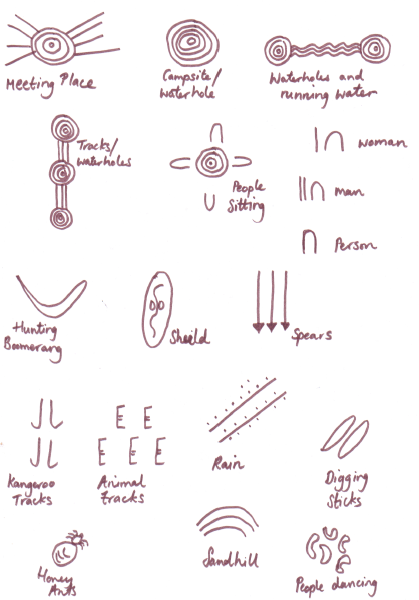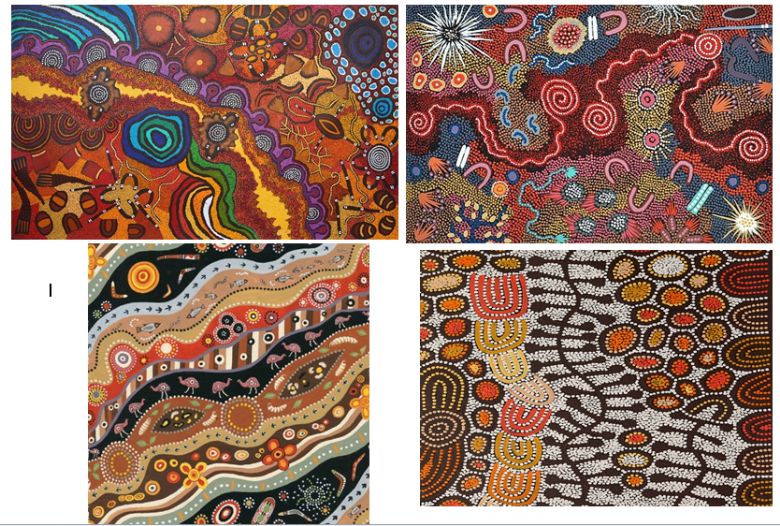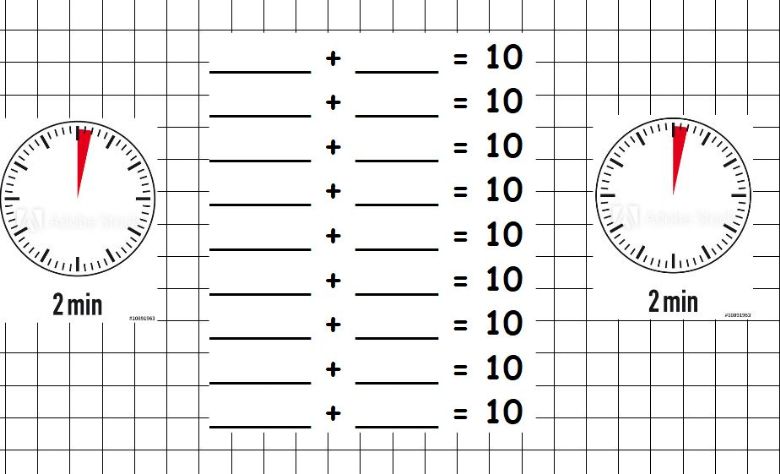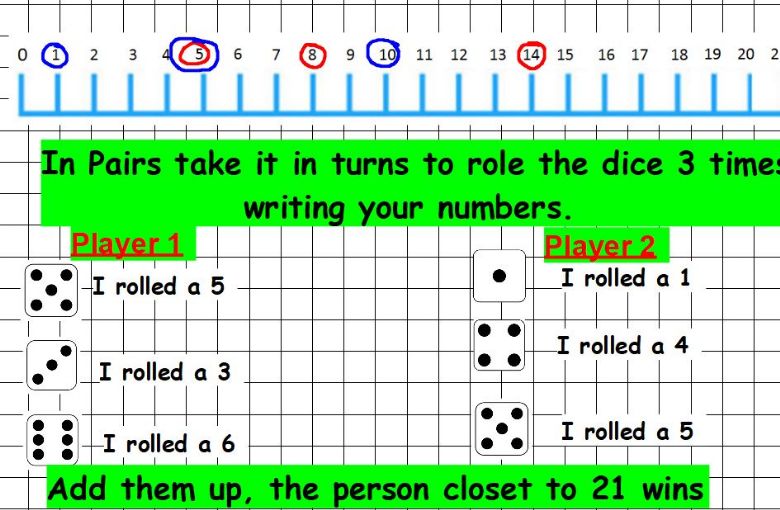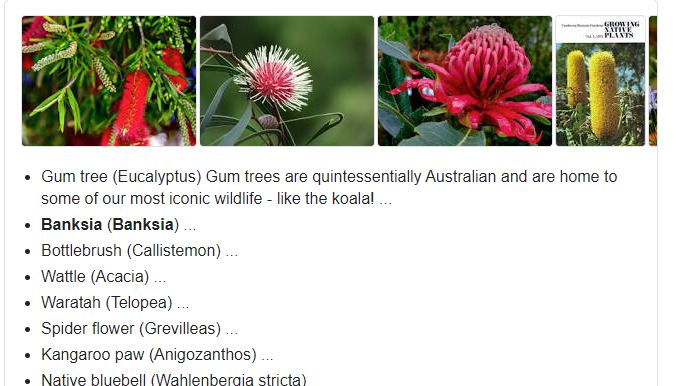Home Learning Archive 22.6-29.6
Friday 26.6.20
English – Reading Comprehension
There is a comprehension task attached below. Read the paragraph and answer the questions that follow. It is important to try and understand what is happening in the story and understand the choice of words that the author has made. Bonus activity: Chose the correct homophone to complete the sentences.
Maths – Make your own fractions.
Here are two ways that a circle has been divided up into fractions. You can see that one has been split into four parts, and three of them are shaded. This represents the fraction three quarters. The second circle, even though it is the same shape, has been divided into a different amount of equal parts to represent a different fraction (three fifths).
How many different fractions can you make by shading in a different number of squares on each of these shapes? Write the fraction that you have shown (using your Maths books to draw the shapes will help). There are 8 squares but you can also make halves and quarters.
Now draw your own shapes and split them up, shading some of the parts. Write the fractions that you have shown.
Topic - Weather Report
What a good time to write a weather report! We have had a lot of sunny and hot weather recently, just like the country that we have been looking at, Australia, is well known for. This week we asked you to record the weather for the U.K and Australia. (Don’t worry if you haven’t, you can google a weather forecast that tells you what the weather will be like for the weekend in both of the countries we are looking at). Today we’d like you to write a weather report for your chosen place, that includes details about;
- Temperature
- Wind
- Sunlight
- Rainfall (usually written as a percentage to show how likely it is to happen)
- Any other factors, such as sunrise and sunset timings.
Reports are made of facts – so they shouldn’t be made up. It is important to use some real-life data to explain the weather that people can expect to see. Over a few days, the weather often changes so your report should explain how the temperature and conditions (sunny/rainy/cloudy) changes over the days that you are talking about. You can even add some advice – should you wear sunscreen or a raincoat for example? Will your garden need to be given some extra water?
Once you have written your report, you can even record it in the same way you can see on the news, to make a weather forecast. Here is an example. We would love to see you presenting your own weather reports for everybody at Mission Grove!
If you would like to read more about Weather you can look at this Encyclopaedia page Here.
DT/Art
 Today’s task is one of my favourite things to make – a musical instrument! Rain Sticks are made around the world to recreate the sound of falling rain. Not only is it a traditional instrument that cultures all around the world have their own versions of, you can make it from things that you can find at home (time to look in the recycling box again!). There is an explanation of how to make one here, but you can make it as simple or complicated as you like. You will need something that is cylinder shaped, and some rice/beans/beads to put inside to make the rattling noise when you tip it. It will need to be sealed on each end (so that you don’t spill the beans everywhere) using sticky tape, or string/an elastic band. You can add larger objects inside to create different sounds too.
Today’s task is one of my favourite things to make – a musical instrument! Rain Sticks are made around the world to recreate the sound of falling rain. Not only is it a traditional instrument that cultures all around the world have their own versions of, you can make it from things that you can find at home (time to look in the recycling box again!). There is an explanation of how to make one here, but you can make it as simple or complicated as you like. You will need something that is cylinder shaped, and some rice/beans/beads to put inside to make the rattling noise when you tip it. It will need to be sealed on each end (so that you don’t spill the beans everywhere) using sticky tape, or string/an elastic band. You can add larger objects inside to create different sounds too.
There is no right or wrong way to do this, so I’d like you to explore and have fun! Don't forget to decorate the outside with your own unique pattern.
Have a lovely weekend everyone!
Thursday 25th June 2020
Hello, I hope everyone is staying cool in this heat! Make sure you are drinking lots of water and if you are outside to wear a hat and lots of sun cream!
English
Today I would like you to do some research all about Australia and create a fact file. Use Britannica to research all about Australia and fill in the fact file. Here are 2 examples of templates for you to copy. I have also attached them at the bottom of the page.
www.school.eb.co.uk
username: missiongrove
password: britannica
Maths
Watch this video on fractions.
The denominator is how many pieces there are altogether. The numerator is how many pieces are coloured. Write the fractions for the pictures below.
Other - Aboriginal Art
Aboriginal people live in Australia. They have been living in Australia for over 40,000 years. This makes them one of the oldest cultures in the world. Aboriginal people get all their food from the land they live in. They eat seeds, fruit, vegetables, reptiles and insects. Aboriginals move around a lot. People that move around and do not settle in one place are called nomads. Australian Aboriginals spoke different languages, but had the same religious beliefs that focused on the natural environment around them.
Traditionally, they have a map of their landscape that is passed on to each new generation verbally through their Dreamtime stories. Dreamtime stories tell of when the world was created and their art shows these stories through secret symbols. Aboriginals do not have a written language like we do, so their art stands for a written language. They have layers of hidden meanings. Their paintings are used for teaching and there are different ones for children or adults. Aboriginal artists are not allowed to paint a story that does not belong to them.
A symbol is a picture or object that represents something else. For example if you were in a restaurant and you saw a door with a small picture of a lady or man on it, what do you think it means? A picture tells 1000 words. Aboriginals often used symbols in their art to represent things.
Can you identify any in these images?
On a sheet of paper, draw out the 4 symbols you have chosen. Now create patterns from those symbols. On the back of your art work, once it is dry, write down your story explaining what your art work shows.
Have a lovely day, Miss Stevens.
Wednesday 24th June 2020
Literacy - Correct this paragraph
Hello everyone! Today I'd like you to proof read this paragraph for me. Once you've found the mistakes, write it out correctly using the joins that we have learned. Hint: It is missing some
- capital letters
- full stops
- punctuation marks (question marks)
- some of the words are in the wrong tense
- and some of the spellings need to be changed too............
Maths - Word problems

Today I have made a worksheet (attached at the bottom) with some mixed up worded problems. Read each sentence carefully and figure out which operation you need to use to solve the problem. For example, 'Ms. Watkin has 10 books and she shares them equally with Miss. Stevens. How many do they each have now?' For this problem I would use division because it is a sharing problem. Good Luck!
Computing unplugged.
Making a magic square involves a lot of logical thinking - exactly the kind of skill you need to programme computers. Using the numbers 1 - 9 you have to fill each box in the square. BUT, each row (line) has to add up to 15. You might have to move your numbers around a few times!

French - Colours
Bonjour les enfants! This week your task for French is to:
- Revise the colours with this little video: https://youtu.be/qPPIT1nbe7Q
- Make your own poster of the pictures below. Complete the sentences below with the correct colour and colour them in.
 Challenge: Can you add your own sentences ? You will need to change the object with another word you know (use an online French dictionary https://www.wordreference.com/enfr/French )
Challenge: Can you add your own sentences ? You will need to change the object with another word you know (use an online French dictionary https://www.wordreference.com/enfr/French )
E.G: La tomate est rouge. 🍅. Le nounours est marron. 🐻
Stress-buster!
Sometimes your body can be tense without you even knowing about it. Doing an activity like this Turtle stress buster is a quick way of becoming aware of your body and giving it a quick re-set so that you're muscles are relaxed, and you can feel more relaxed too.
(This resource is from Save The Children and they have more available on their website. )
Tuesday 23rd June 2020
Hello Year two, I hope you are all well.
English
Today I would like you to use the story map that you created yesterday, to write your own story about the little dragon. I want you to also use this story mountain.
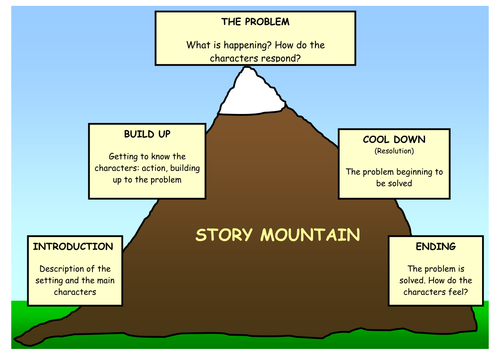
Your story must have a clear beginning, middle and end. Make sure that you punctuate your sentences correctly. Also use noun phrases and conjunctions. Once you have completed your story, read it to someone in your household.
Maths
Exercise your maths muscles:
Now write your number bonds to 10 in 2 minutes.
Play Twenty one with a member of your household. Here are the instructions:
Don't forget to use your number bonds to help you add.
Topic
I would like you to carry out research to find out information about Australian plants.
Choose one plant and write about it in more detail.
Money and Me
This website will tell you more about the value of money:
https://www.valuesmoneyandme.co.uk/
Browse through it to learn more about money.

Monday 22.6.2020
Hi Year 2,
Well done to Chaffinch and to Crow who won last week’s TTRockstars Competition.
This week’s competition has already started.
Chaffinch vs ChiffChaff
Crow vs Cuckoo
This week marks the start of the TTRockstars London Rocks competition. Login and play any type of game between 2pm and 7pm Monday to Friday to win points for you and your class. There are individual prizes and school prizes...time to practise your multiplication tables!
Literacy
Last Monday, you drew a story map for a Dreamtime story. Today I want you to plan a story that involves a tiny dragon using small pictures. Please space out your pictures so that you can add in some details later.
Beginning - Who are your characters? Where are they?
Problem - What happens? What problem is there?
Solution - How does the problem get solved?
Ending - What happens to the characters now that the problem has been solved?
Read through your plan and use a different colour to add in some details that you will use when writing your story tomorrow. You could add time connective, conjunctions, adjectives, adverbs, exciting verbs.
Maths
This year, we have worked very hard to understand the four number facts of each calculation.
Do you remember using this four calculations understanding to find a missing number?
15 - ? = 7
As we are starting with the greater number we stick with the subtraction symbol and reverse the numbers:
15 - 7 = ?
15 - 7 = 8
so 15 - 8 = 7
What about when we are not solving a subtraction and starting with the greater number?
? + 7 = 21
We use the information we do have:
21 - 7 = ?
21 - 7 = 14
so 14 + 7 = 21
Try to solve these to find the missing numbers:
Handwriting
This week’s handwriting joins are al and all.
What words contain these joins?
Make sure that you are practising these joins in your writing. Remember that the l should be taller than the a.
Weather Diary
This week, I want you to keep a daily weather diary.
Record whether it is sunny, some clouds or lots of clouds. Is it raining lightly, heavily or snowing? Is the temperature high or low? Is it calm or is there a breeze or strong wind?
s this weather typical for British weather at this time of year?
We really enjoy the work that you send to us so please continue sending it to yeartwo@missiongrove.org.uk.
Miss Conroy






